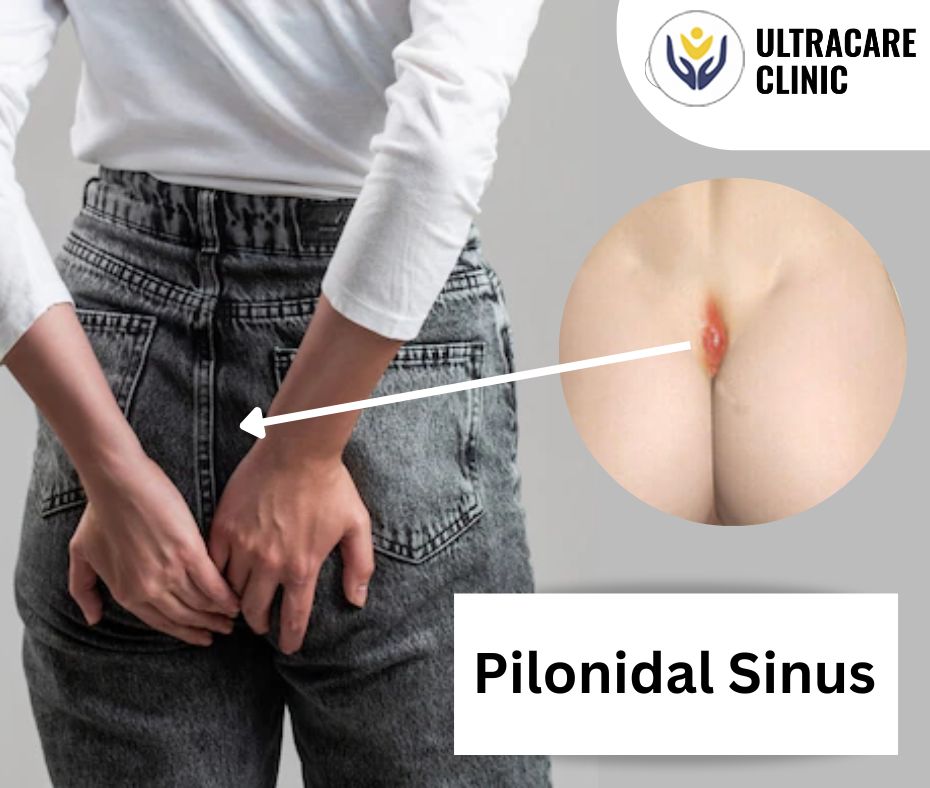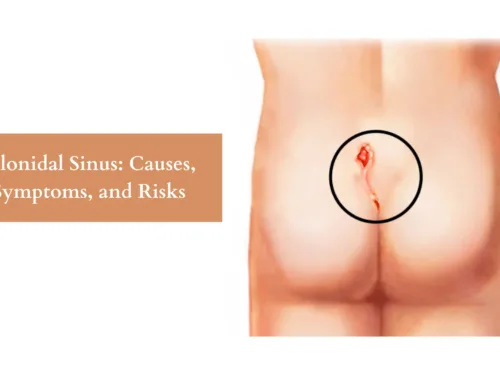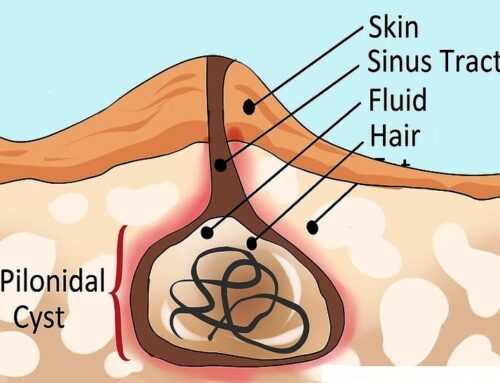Introduction
A pilonidal sinus is a tiny skin opening or tunnel located over the buttocks (the cleft). Symptoms are not usually present, and treatment is required only if infection sets in. Examine your pilonidal sinuses to see whether they are infected. Unless an infection has developed, most individuals with a pilonidal sinus won’t know they have one. Pain, swelling, and the formation of a pus-filled abscess are all symptoms of an infection. If you are looking for treatment on pilonidal sinus in Pune, contact Dr. Abhijit Gotkhinde, Ultra Care Clinic.
Noninfected Pilonidal Sinuses
No treatment is necessary if there are no outward indications of infection. The advised course of action will be to “watch and wait.” It’s crucial to maintain a sanitary crotch region by taking frequent showers or baths. Unless your doctor tells you to, don’t shave the area.
Interventions for Pilonidal Sinus Infection
The symptoms of pilonidal sinus infection will determine the course of treatment.
- how big the sinus is, whether it’s your first or your fifth time dealing with it
- Antibiotics are required for the treatment of pilonidal sinus abscesses. It’s likely that the pus within will need to be drained as well.
- Recurring pilonidal sinusitis that causes discomfort, bleeding or discharge may be treated in a variety of ways. These are things that you and your doctor will talk about. Anti-inflammatory drugs and pain relievers like paracetamol will likely be prescribed.
Procedures for Sinus Drainage (wound closed)
- Removal of diseased tissue and closing of wounds; procedure generally includes flattening of the buttock crease.
- Sinus surgery for severe or chronic sinusitis. An oval-shaped skin flap is taken out on each side of the sinus after it is surgically removed. Both sides are sewn together to form one.
- hospitalization requiring general anesthesia (you can usually leave the same day)
- Removal of sutures in around 10 days is associated with a lower risk of infection and a faster recovery time than broad excision and open healing (the wound may need to be opened and dressings changed regularly)
The root of pilonidal sinus formation remains unknown. Hair between the buttocks might be pulled inside due to a skin condition, pressure, or friction. Hair from the buttocks or elsewhere that has been dislodged collects in this location, known as the buttock cleft, and eventually makes its way into the pilonidal sinus.
Because males often have more facial hair, they are more prone to developing pilonidal sinuses. The risk of developing a pilonidal sinus is increased by prolonged sitting.
Conclusion
Washing the affected region daily with a mild soap, ensuring sure all soap is gone, keeping the area fully dry, and avoiding sitting for long periods help prevent a recurrence of PNS. If you want to learn more about the causes of pilonidal sinus, contact Dr. Abhijit Gotkhinde, Ultra Care Clinic.



